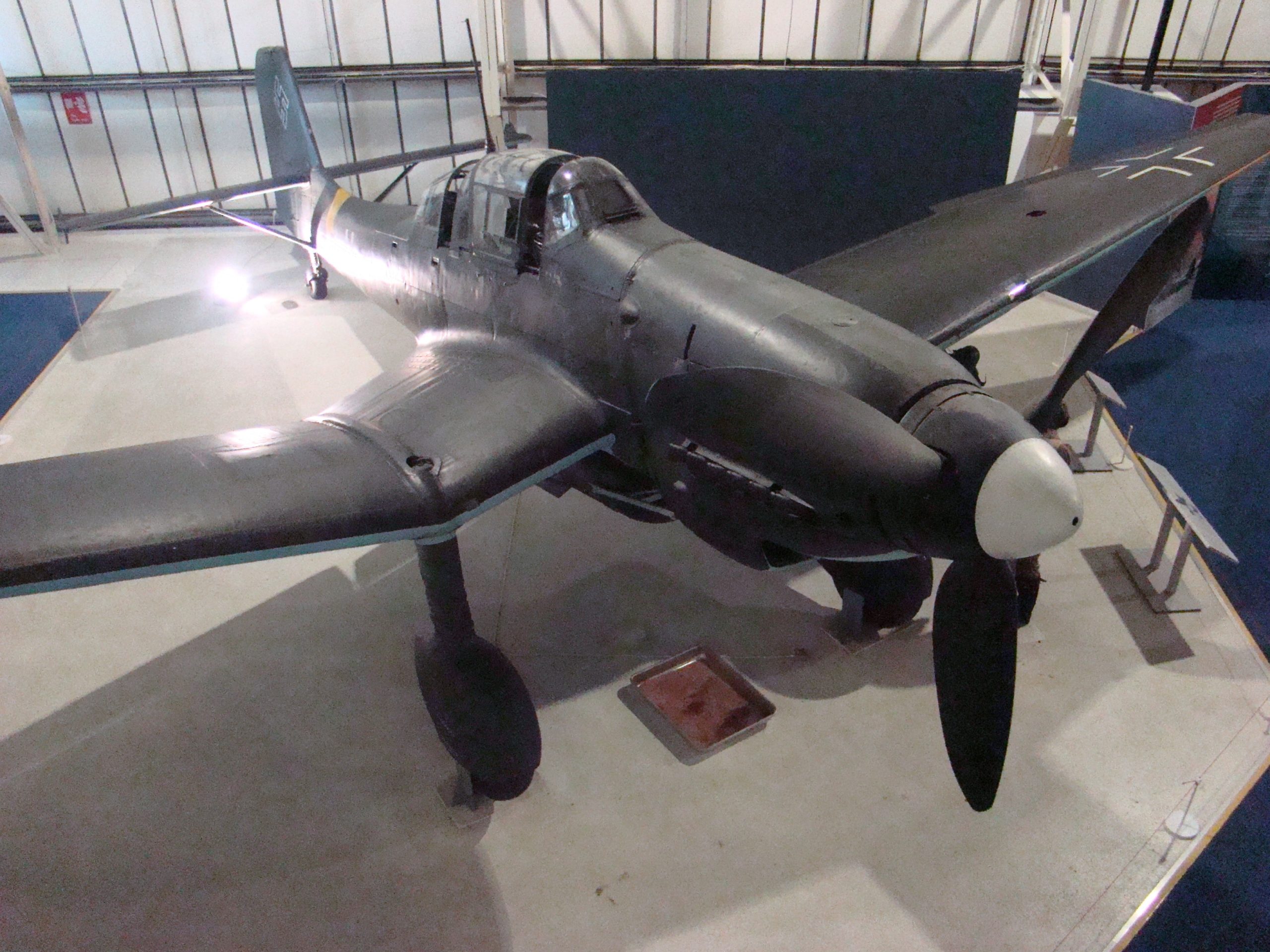
Junkers Ju-87G-2 Stuka | |
| Ország | Náci Németország |
| Típus | Búvárbombázó és földi támadó repülőgép |
| Első repülés | 1935. szeptember 17. |
| Beépített | 6500+ |
A Junkers Ju 87 éves Vagy Stuka (csonka) (Sturzkampfflugzeugból, "dive bomber") német búvárbombázó és földi támadó repülőgép volt. Hermann Pohlmann tervezte, először 1935-ben repült. A Ju 87 1937-ben debütált a Luftwaffe Condor Legion-ával a spanyol polgárháború alatt. A tengelyerőket szolgálta a második világháborúban. Ju 87G között: A G változattal a Ju 87 öregedő repülőgépkerete új életet talált páncéltörő repülőgépként. Ez volt a Stuka végleges működési változata, és a keleti fronton állomásozott.
Forrás: Junkers Ju-87G-2 Stuka a Wiki
| Junkers Ju-87G-2 Stuka | |
|---|---|
| Fotós | Jaro Mucha |
| Lokalizáció | Ismeretlen |
| Fénykép | 21 |
Kapcsolódó készletek:
Keresse készletek az eBay-en:
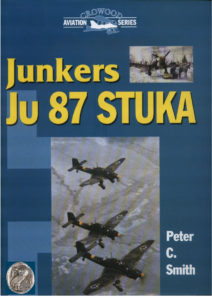
| Junkers Ju-87 G2 Walk Around | |
|---|---|
| Fotós | Unknow |
| Lokalizáció | Ismeretlen |
| Fénykép | 69 |
The Junkers Ju-87 Stuka was a German dive bomber and ground-attack aircraft that played a significant role in the early stages of World War II. The name Stuka comes from the German word Sturzkampfflugzeug, meaning “dive bomber”. The Ju-87 was designed by Hermann Pohlmann and first flew in 1935. It had distinctive features such as inverted gull wings, fixed spatted undercarriage and sirens mounted on the landing gear legs, known as Jericho trumpets, that produced a terrifying sound during a dive attack. The Ju-87 was equipped with automatic dive brakes that ensured the recovery from a steep dive even if the pilot lost consciousness due to high g-forces.
The Ju-87 made its combat debut in 1937 with the Luftwaffe’s Condor Legion during the Spanish Civil War, where it proved to be an effective weapon against ground targets and ships. It also participated in the invasion of Poland, Norway, France, the Balkans, North Africa and the Soviet Union, where it supported the German army with precision bombing and anti-tank missions. The Ju-87 was highly accurate and reliable, but also slow, unmaneuverable and lightly armed, making it vulnerable to enemy fighters. During the Battle of Britain in 1940, the Ju-87 suffered heavy losses and was withdrawn from the Western Front. It continued to operate in other theatres until 1944, when it was gradually replaced by more advanced aircraft such as the Focke-Wulf Fw 190.
The Ju-87 was produced in several variants, including the Ju-87A, which was the first production model; the Ju-87B, which had a more powerful engine and a larger bomb load; the Ju-87R, which had increased fuel capacity for long-range missions; the Ju-87C, which was a naval version intended for aircraft carriers; the Ju-87D, which had improved armor and performance; and the Ju-87G, which carried two 37 mm cannons for anti-tank duties. The most famous Ju-87 pilot was Hans-Ulrich Rudel, who flew over 2,500 missions and destroyed hundreds of tanks, vehicles and bridges. He was also the most decorated German soldier of World War II.

Views : 7047
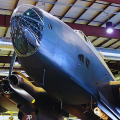
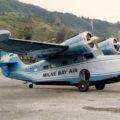
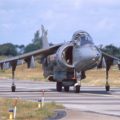
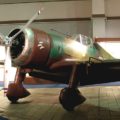
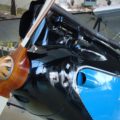
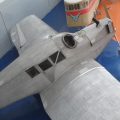
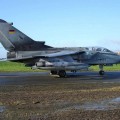
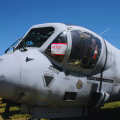
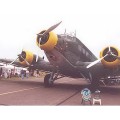
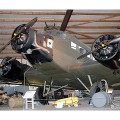
Új, 40 fényképből áll